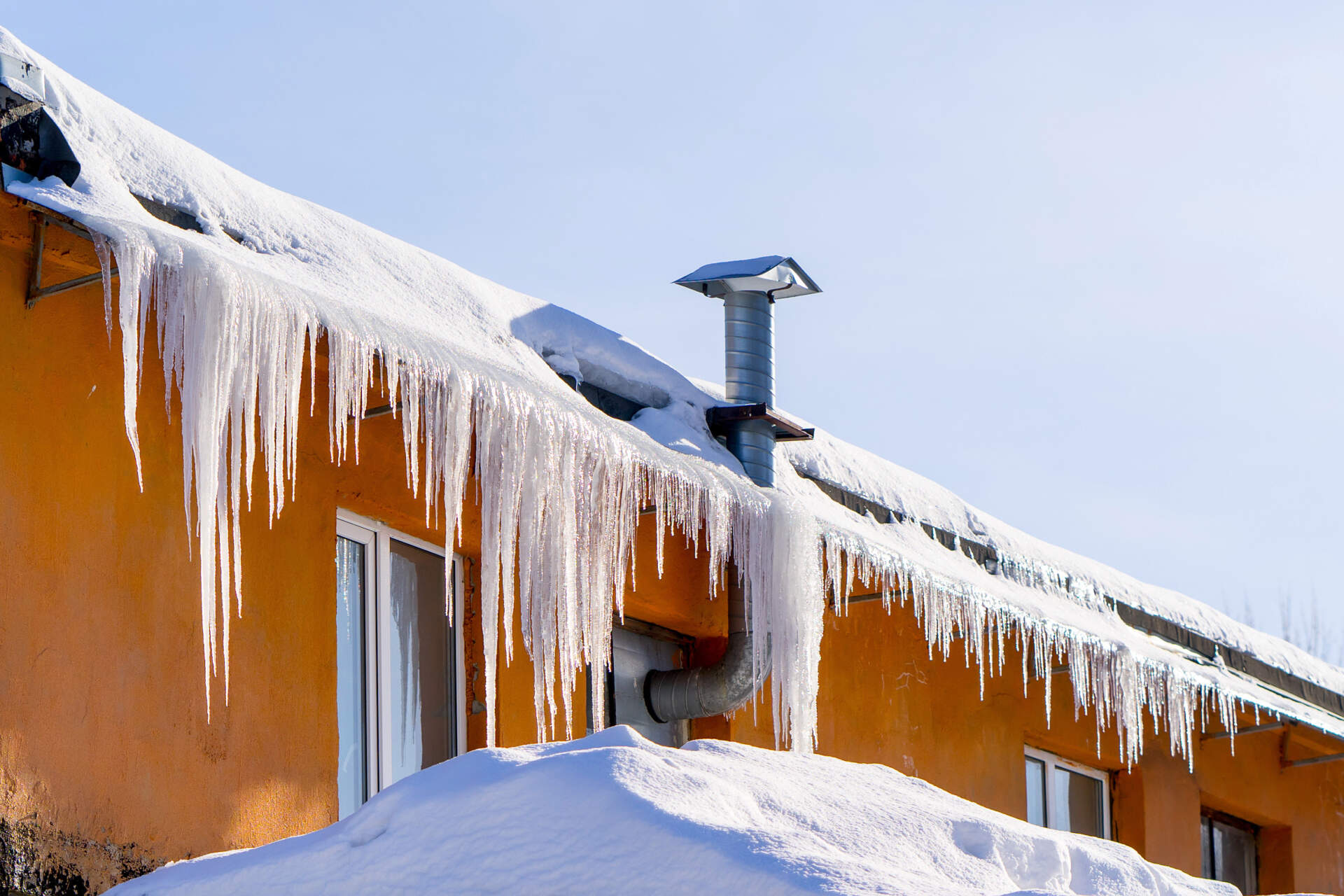Last Updated on November 22, 2022 by James Redding
Sure, here in South Carolina we usually don’t have to worry about snow as much as the rest of the country—usually—but that doesn’t mean our gutters can’t be affected by it.
Remember the Snowmageddon of 2018, when we had over 5 inches of snow here in Charleston in just a few days?
That snowstorm was only a few years ago—and it will happen again.
So, even when you don’t live in an area that regularly sees snowfall, it’s important to understand exactly how winter precipitation and freezing can affect your rain gutters.
Excessive snow and ice accumulation can wreak havoc on gutters if appropriate precautions aren’t taken; especially if your gutter system is aging or otherwise in less-than-ideal condition.
Another unexpected Lowcountry winter storm could mean clogged/damaged gutters and ice dams if your gutter system isn’t prepared—and those problems can quickly lead to flooding, water damage, rotting wood, and other expensive repairs if they’re not addressed right away.
How Your Gutter System Deals with Ice & Snow
To prevent costly home repairs, it’s important to understand how snow and ice can impact your gutters. Here’s what you need to know:
1. The weight of snow and ice can add extra stress to your gutters.
The heavy weight of snow and ice can cause your gutters to break, bend, or pull away from the roof. Add strong winds to the equation, and you can see how damaging unexpected harsh winter weather can be. Once your gutters or downspouts are damaged or broken, water that should be channeled away from your building can start to pool around the foundation, leading to potential damage and flooding. Inspect and, if needed, repair your gutters immediately to prevent more costly damage from occurring.
2. “Ice dams” can form easily on rain gutters.
The fast-freezing formations of ice in winter months can be fueled by gutters and downspouts that are clogged with debris, or even just by the shape of your roof. In some cases, ice dams can become so heavy that they can cause gutters to pull away from the roof. Ice weighs much more than most people think: over 57 pounds per cubic foot. Snow typically weighs between 7 to 20 pounds per cubic foot (depending on whether it’s fluffy or packed). That means ice on your roof, fascia, and gutters can weigh approximately 3 to 8 times more than snow.

3. Snow and ice buildup can prevent water from draining properly.
If your gutters and downspouts are blocked with snow and ice, water can’t be channeled away from your roof and foundation. Without proper drainage, water can pool around your foundation, leading to potential flooding and water damage.
4. Winter rain can dramatically increase the weight of snow.
When temperatures stay below freezing, snow and ice can be a problem—even if it’s been weeks since the last snowfall. That’s because each additional rainfall will add more moisture to the snow and ice, making it heavier and harder to remove. That means if you have snow piling up on your gutters and it rains, the weight of the snow can increase, putting added stress on your gutters.
It’s important to take necessary precautions during winter months to make sure your rain gutters are protected. Make sure to regularly inspect and clean out gutters, and consider adding gutter protection (or “gutter guards”) to keep debris from building up in your gutters. That way, if and when we do get snow and ice here in the Lowcountry again, you can rest easy knowing that your gutters are prepared to handle it.
Protecting Gutters from Winter Weather
By understanding how gutters are affected by snow and ice, you can be better prepared to handle snow, ice, and winter rain.
No matter what the weather is like, your gutters should be regularly inspected and cleaned, and you should consider adding gutter guards for extra protection. If you don’t have seamless gutters, pay particular attention to joints and seams as these are the weak points that are likely to require repair in a traditional, non-seamless gutter system.
Repair or replace gutters immediately if there are any damaged, aging, or deteriorated sections.
This way, you can help ensure that your gutters are prepared for whatever snow and ice Mother Nature throws at them. And if and when the next big South Carolina snowstorm hits—your home or business will be ready.


